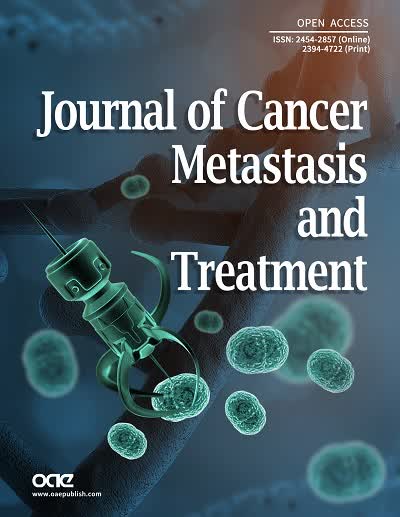fig2

Figure 2. Cell survival regulatory pathways in cervical cancer. (A) In healthy cervical epithelial cells, RB1 normally associates with LIMD1 to sequester E2F during early G1 phase. Initially, CCND1/D2/D3-CDK4/6 complex phosphorylates RB1, which is further phosphorylated by CCNE1-CDK2 complex in late G1. Free E2F then only impacts the expression of cell cycle regulatory genes. Cyclin-CDK complexes are also negatively controlled by p15, p16, p21 (positively regulated by p53) and p27. EGFR positively regulates the CCND’s expression but in a controlled manner. Phosphorylated RB1, also dephosphorylated by RBSP3, further complexes with E2F, resulting in normal control of cell cycle progression. (B) In the presence of HR-HPV oncoproteins, E5, E6 and E7, normally functioning cellular systems are completely jeopardized. E5 gets involved in constitutive activation of EGFR that helps in overexpression of CCNDs. On the other hand, E6 and E7 are associated with the degradation of p53 and RB1, respectively. E7 also deregulates p15, p16, p21 and p27. LIMD1 and RBSP3 are inactivated by genetic and/or epigenetic alterations. CCND1/D2/D3-CDK4/6 and CCNE1-CDK2 complexes constitutively phosphorylate RB1. Thus, E2F is free to transcribe cell cycle regulators abnormally, and the cell cycle loses its brake. Created with BioRender.com.








